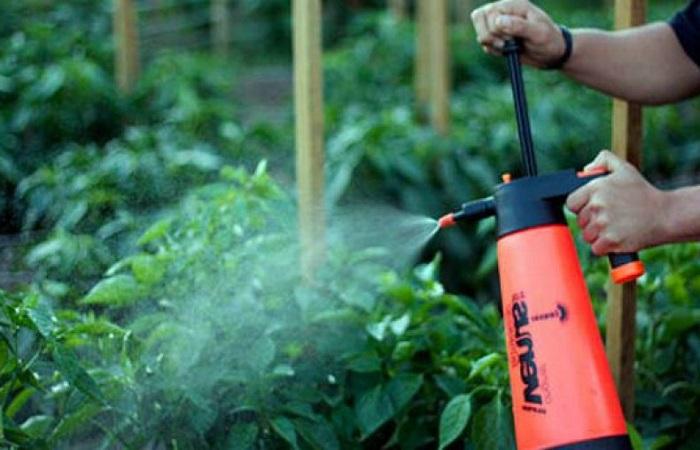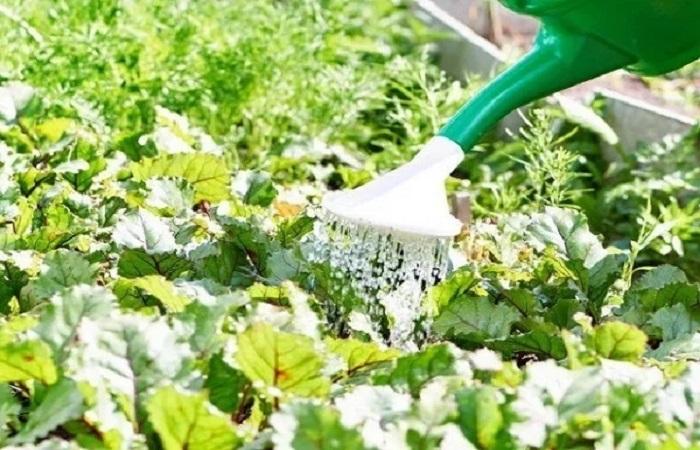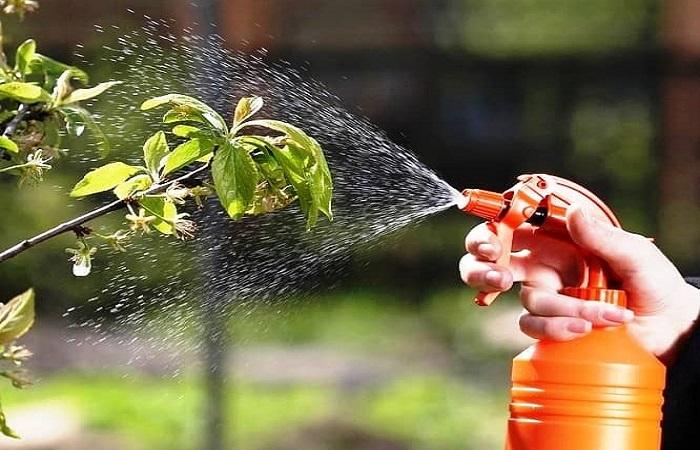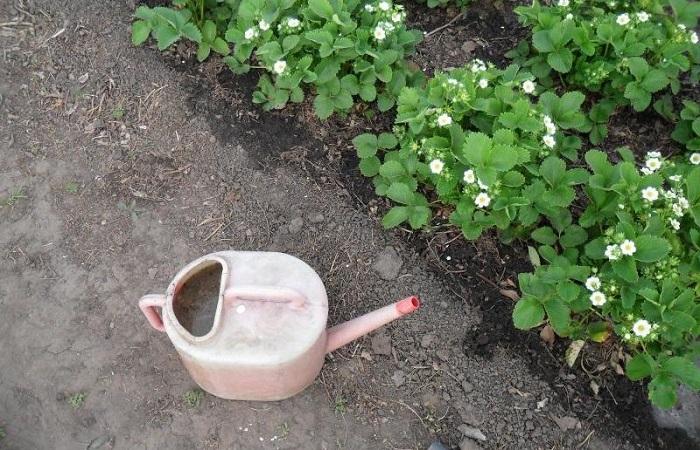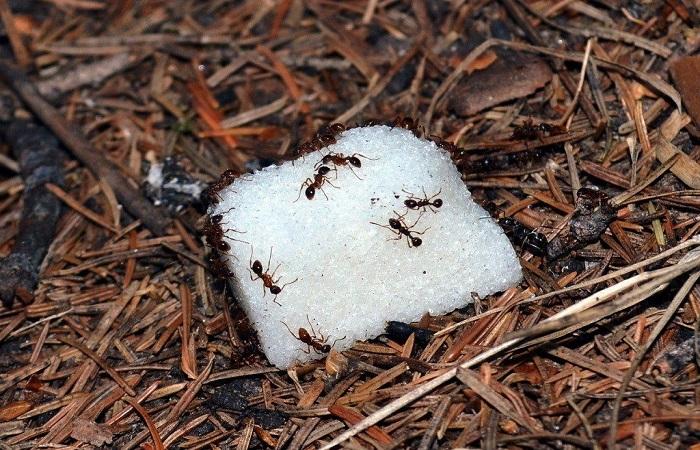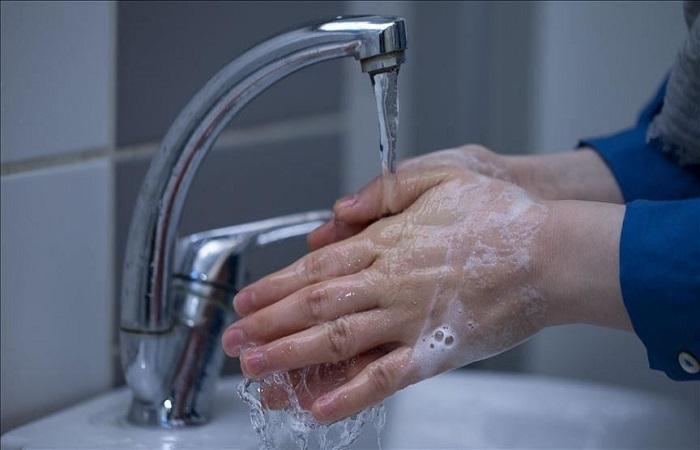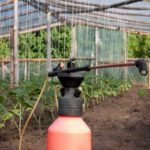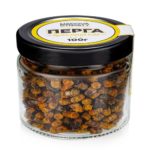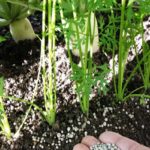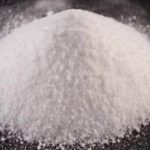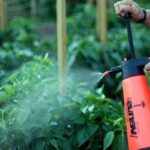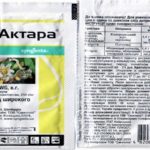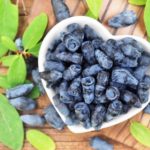The use of boric acid for plants helps to obtain a complex effect. Treating the root system with this product improves its oxygen saturation. The substance also helps to increase the volume of chlorophyll and accelerate metabolic reactions. When using a product for garden plants, it is possible to significantly increase yield parameters, improve the taste of fruits and increase their shelf life.
What is boric acid used for?
Boron is considered an important trace element required for normal crop development. That’s why it is often used in gardens and vegetable gardens. The substance has a good effect on metabolic processes, improves the production of chlorophyll, and saturates the roots with oxygen.
The consequences of boron deficiency are especially noticeable during drought. To identify a deficiency of this substance, it is recommended to carefully examine the appearance of the plant. Particular attention should be paid to young fragments of culture.
Signs of deficiency
The following signs indicate a lack of boron:
- spots on young leaves and yellowing of veins;
- small foliage sizes;
- cessation of growth of apical buds and increased development of lateral buds;
- weak flowering, poor fruit set;
- curling and falling leaves;
- fruit deformation;
- dying of bark on branches.
With boron deficiency, crop development is suppressed. If the substance is not applied in a timely manner, there is a risk of complete loss of the crop. However, excess boric acid also leads to negative consequences. With an excess of this substance, the fruits ripen faster, but have a short shelf life. In addition, the foliage can get burned.
How to divorce?
The instructions for the drug always indicate how to properly dilute this product. Boric acid can burn foliage and roots. To prevent this, it is important to water the plants with plain water before using it. The burn is accompanied by yellowing of the foliage and drying of the stems. In this case, the leaves may curl inward.
If you plan to apply the substance by the root method, you should use 1-2 grams per bucket of water. This volume is enough for 10 square meters of beds. If the composition will be used for spraying flowers, you need to take 1 gram per 1 liter of water.
Instructions for use
When using a substance to care for plants, it is important to strictly follow the instructions.
For tomatoes
If there is a lack of fertilizer, tomatoes' stem fragments turn black and die, many new branches grow from the root, and the fragility of leaf petioles increases. To prevent problems, it is recommended to soak the seeds in an acid solution. To do this, 0.2 grams of the product should be mixed with 1 liter of water.
Before planting seedlings, it is necessary to add the substance to the soil. Foliar feeding, which is carried out before flowering, is of no small importance. In this case, you should take 10 grams of acid per bucket of water.
For cucumbers
Cucumbers should be fed in the same way as tomatoes. In this case, the concentration of the solution should be 0.05%. To do this, take 5 grams of the substance per 10 liters of water.
The use of this element in gardening helps improve the taste of fruits, activate the development of ovaries and enhance the growth of cucumbers. The substance helps increase resistance to frost and drought.
For beets
With a lack of boron, the beet heart begins to rot. This is due to the development of Phomasis. The use of nutrients will help avoid this. To prevent problems, before planting, you need to keep the seeds in an acid solution with a concentration of 0.1%. They need to be soaked for 10-12 hours.
Root fertilizers are also often used in gardening.With proper soil preparation during crop cultivation, 1 foliar feeding at the stage of appearance of 4-5 leaves will be sufficient. In this case, you need to take 5 grams of the substance per bucket of water.
For potatoes
If the amount of boron is insufficient, potatoes suffer from fungal scab and lag behind in development. If signs of problems arise, it is worth feeding the plantings with a solution of 6 grams of the drug and 10 liters of water. This volume is enough to process 10 square meters.
For apple and pear trees
With boron deficiency, apple and pear trees experience thickening of the leaves and darkening of the veins. There is also a risk of leaves becoming rosette. In difficult situations, tree tops die off.
When growing such trees in the country, it is important to process them in a timely manner. Foliar fertilizing is considered an effective way to increase productivity. To do this, it is recommended to use 10-20 grams of the substance per 10 liters of water. Trees should be sprayed in the evening. First, this needs to be done at the stage of opening the buds, then after 5-7 days.
For grapes
When the substance is deficient, grapes experience the appearance of spots between the veins of the leaves. They are gradually increasing. In addition, there are no normal ovaries on the hands. Even one treatment at the budding stage helps increase yield by 20%.
Depending on the characteristics of the grapes, additional components can be added to the preparation. Zinc salts are highly effective. To do this, you need to take 5 grams of boric acid and zinc sulfate per 10 liters of water.
Fertilizing strawberries
With a lack of boron, strawberries experience leaf deformation and necrotic damage to their edges.By adding the substance, it is possible to increase productivity and make the berries much tastier.
With the arrival of spring, you need to water the beds with a solution of boric acid and potassium permanganate. You need to take 1 gram of these components per bucket of water. This volume is enough for 30-40 bushes. Foliar feeding will also bring benefits. For 10 liters of water you need to take 5 grams of the substance.
Before flowering, you need to use a multi-component solution. To prepare it, you need to mix 10 liters of water, 2 grams of manganese and boric acid, and 1 cup of ash. It is worth making a hood from the last component in advance. To do this, fill a glass of the substance with 1 liter of boiling water and leave for a day. Then it is recommended to strain the mixture.
For flowering
Boron normalizes calcium absorption and promotes the formation of a large number of buds. For foliar application, use a solution with a concentration of 0.1%. The composition should be used at the stage of budding and flowering.
From ants
Dry baits using the substance have contact-intestinal properties, while wet baits have intestinal properties. As the substance accumulates in the parasite’s body, a complex effect occurs.
Using a product to combat ants helps to influence the functions of their nervous system. Within a few hours it causes paralysis and death of the insect. The easiest way is to sprinkle the powder near the ants' habitats. However, spraying or using various baits gives good results.
To prepare effective formulations, you should use the following recipes:
- Mix 5 grams of acid with 100 milliliters of hot water. Add 40 grams of sugar and 10 grams of honey.Pour the mixture into a flat container and place it near the ant trails.
- Take 2 yolks and grind with half a teaspoon of boric acid. Roll the substance into small balls and place in places where parasites accumulate.
- Combine 1 large spoon of water with 2 tablespoons of glycerin. Add 1 small spoon of honey, 1.5 tablespoons of sugar and a third of a small spoon of acid to the mixture. Roll the balls and place them in the ants' habitats.
Safety in use
If the dosage of the substance is observed, it does not harm people. However, the use of the product requires the use of protective equipment - special clothing, gloves, and a respirator. After finishing work, you need to wash your face and hands well with soap.
The drug has flammable properties, so it should not be left near open flame sources. After use, the packaging must be sealed and kept in a dark and cool place.



